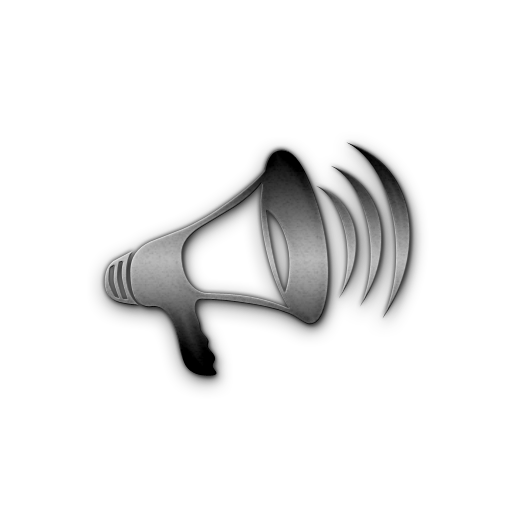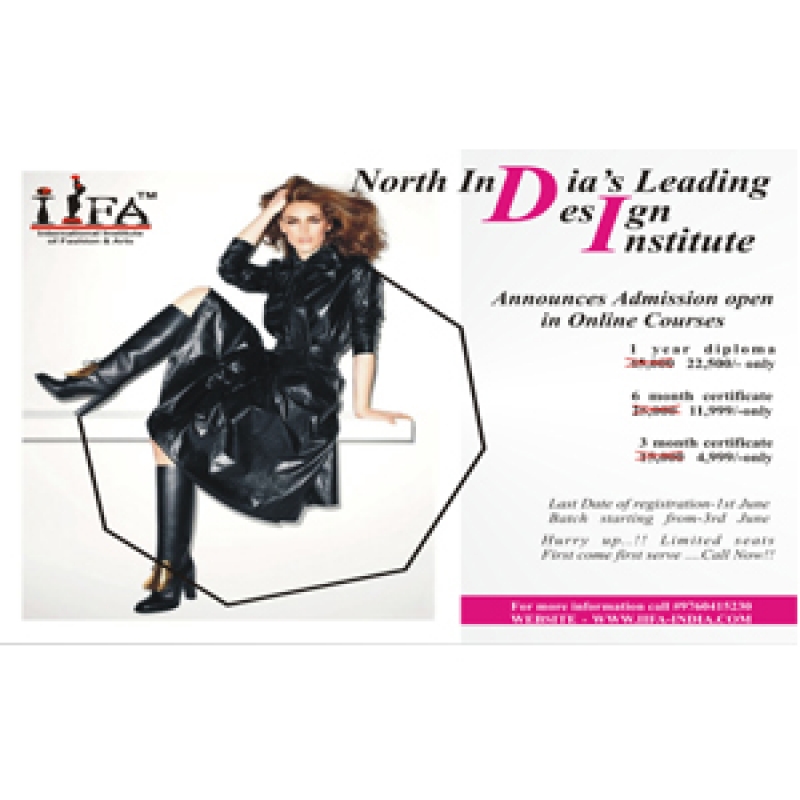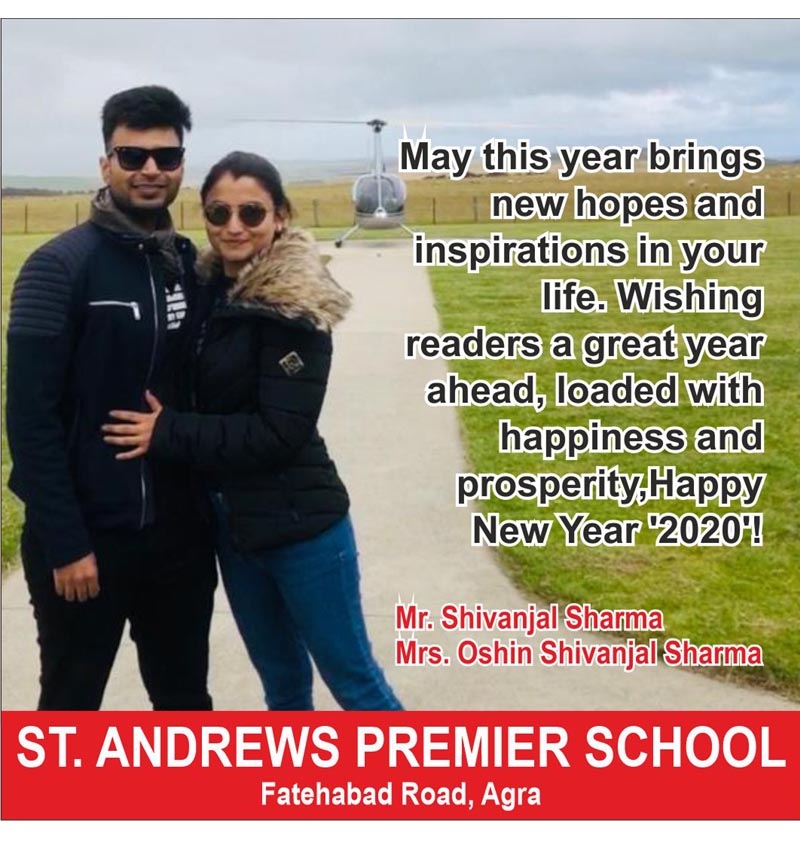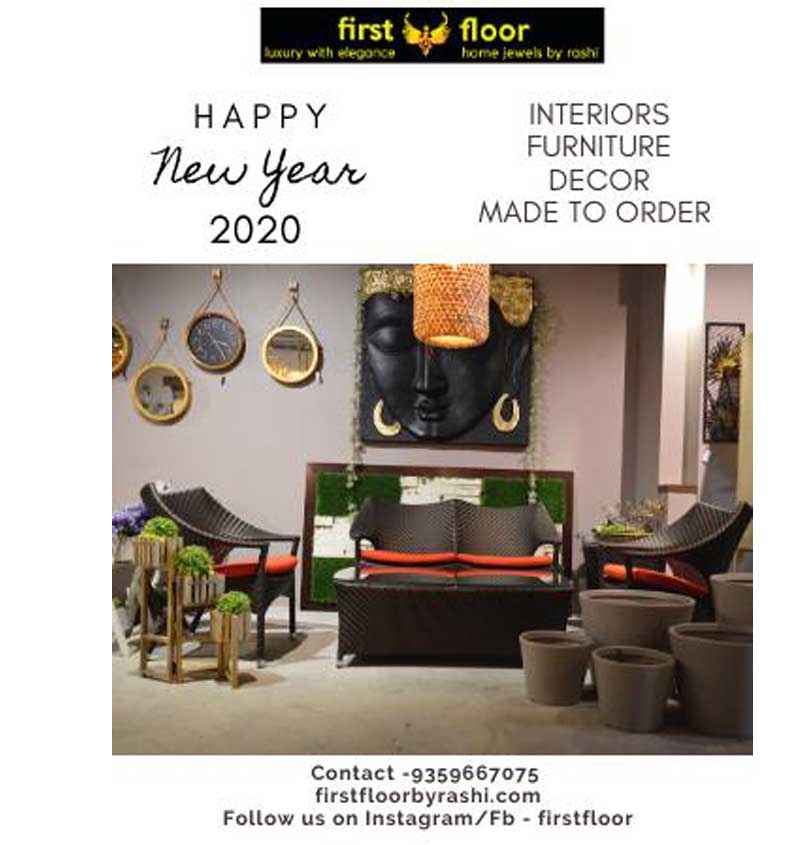What Is Functional Living?
Functional living is about designing spaces that make daily life easier, more efficient, and more enjoyable. It means your home supports the way you actually live, not just how it looks in a magazine.
At its core, functional design is:
-
Purposeful – Every piece serves a reason.
-
Intuitive – The layout flows naturally and reduces friction.
-
Adaptable – Spaces evolve with your needs, not against them.
But here’s the secret: you don’t have to sacrifice beauty for practicality. When done right, form and function enhance each other.
Key Principles of Smart, Functional Design
1. Multi-Use Spaces
Today’s homes often pull double duty—as offices, gyms, classrooms, or creative studios. Smart design means maximizing flexibility.
-
Use furniture that can serve more than one purpose (think: a storage ottoman or a wall-mounted desk).
-
Divide open layouts with shelving or curtains for privacy and focus zones.
-
Consider modular or mobile furniture for rooms that need to shift throughout the day.
2. Thoughtful Storage Solutions
Clutter is the enemy of functional living. Built-in storage, vertical shelving, and under-bed drawers help keep essentials organized and accessible—without compromising style.
-
Use custom cabinetry to blend storage seamlessly into your decor.
-
Invest in attractive storage baskets, bins, and boxes to keep small items tidy.
-
Don't forget hidden storage: behind doors, under stairs, or within furniture.
3. Lighting That Works for You
Lighting affects mood, productivity, and comfort. Layering different types of lighting—ambient, task, and accent—can make every space more usable.
-
Install dimmers to shift ambiance throughout the day.
-
Use smart bulbs to control brightness and color temperature based on activity.
-
Make the most of natural light by choosing light, reflective window treatments.
4. Smart Home Integration
Technology plays a huge role in modern functional design. From voice-controlled assistants to smart thermostats and automated blinds, tech can enhance your lifestyle.
-
Use smart systems to create preset “moods” (like a cozy evening or energizing morning routine).
-
Automate daily tasks—like locking doors, adjusting temperatures, or controlling lights.
-
Choose tech devices that blend seamlessly into your décor for a clean, unified look.
5. Ergonomics and Comfort
A home that feels good to live in is just as important as one that looks good.
-
Invest in ergonomic seating, especially for home offices or dining areas.
-
Ensure walkways are clear and furniture is spaced for easy movement.
-
Use rugs and soft textiles to create warmth and acoustic comfort.
Design That Elevates Daily Life
The magic of smart design lies in the little things. A kitchen layout that makes meal prep seamless. A well-organized entryway that streamlines mornings. A bedroom that promotes deep rest. These small design wins add up to a life that feels easier, calmer, and more inspired.
When your home is designed to support you, you’ll find yourself more focused, more relaxed, and more connected to your environment.
Final Thoughts
Great design doesn’t have to be flashy—it just has to work beautifully. By embracing functional living through smart design, you create a home that adapts to your needs, enhances your routine, and reflects your style. It’s not about having more things; it’s about having the right things in the right place, with intention and purpose.



















Your Message